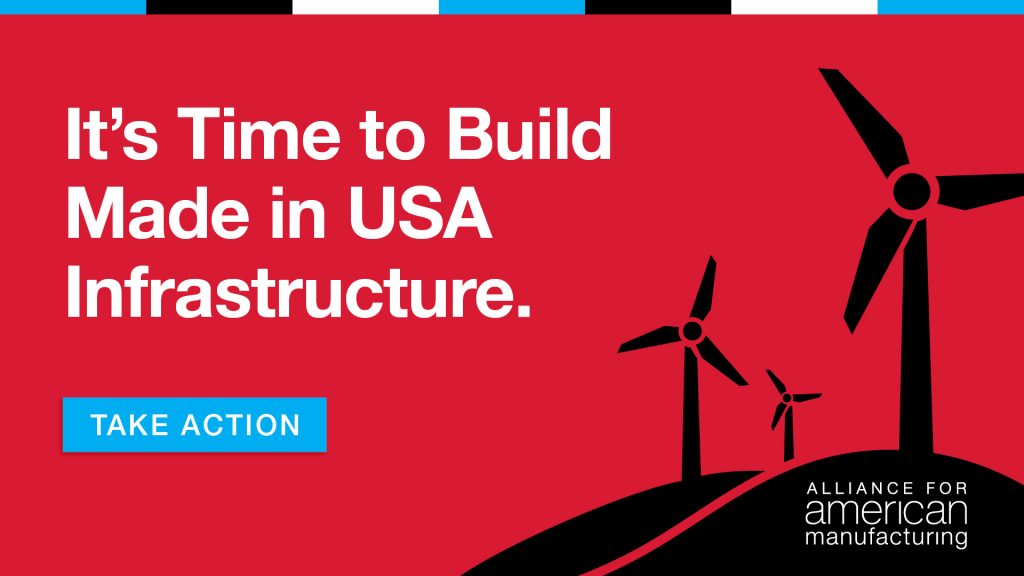Brookings Examines the Ambitious Road Ahead to Improve American Manufacturing
Share
Panelists taking part in a digital event Thursday outlined a number of proposals on track to become law, with major potential for American manufacturers.
The Brookings Institution held its 10th annual John Hazen White Forum on Public Policy on Thursday, bringing together a number of policy experts to answer the question, “Can the Biden Administration improve the manufacturing sector?”
Spoiler alert: The answer is yes.
The panelists at the event outlined a number of ways — both ongoing and proposed — for the Biden team to make significant improvements to American manufacturing.
“I think this is a moment for a tremendous renaissance for American manufacturing,” Rep. David Cicilline (D-R.I.) told the panel. “Congress understands the importance of it, the president is leading on it, and we have a Secretary of Commerce…who will act on it.”
Key to these efforts is the widely-anticipated infrastructure package, including both the bipartisan infrastructure framework and the provisions of the American Jobs Plan. Both measures are currently working their way through Congress, and some have estimated they are on track for passage as soon as this August.
Within these proposals are massive investments to rebuild America’s roads, bridges and railways, which will create jobs not only in construction but also in the manufacturing of the steel, cement and machinery needed to build it through Buy America mandates. There’s also new funding to incentivize emerging industries like semiconductors and electric vehicles that will define our future economy and ensure that they and their supply chains are firmly planted on American territory. Finally, these bills include workforce development programs to train new talent for skilled manufacturing jobs and build out a recruitment pipeline to reverse the trend of an aging workforce.
It’s an ambitious, trillion-dollar+ agenda, but as the panelists noted, it’s all doable — the Biden administration just needs to put in the effort.
Fortunately, the Biden team appears to see the urgency of the moment, especially after holes in America’s offshored supply chains were brutally exposed during the COVID-19 pandemic.
“The President has made it very clear that we can never again be in a position where we have to rely on other countries in the event of a national emergency,” said Monica Gorman, deputy assistant secretary for Manufacturing Industry and Analysis.
When it comes to onshoring manufacturing that has long been occurring abroad, there was a bit of disagreement among panels as to the extent of what can be done in the United States versus being near-shored and friend-shored (i.e., making things abroad but geographically closer and making things abroad in allied countries respectively).
“Some [supply chains] may need to all be in one geography, some can have widespread geographies and that’s okay,” Gorman explained. “So that’s what we’re looking at right now: what are the areas that need to be onshored, what are the areas that need to be near-shored, and what are the areas that provide the resiliency that we’re looking for.”
Cicilline offered some contrast, contending that “I think that onshoring versus near-shoring versus friend-shoring obviously involves lots of competing considerations in terms of our relationship with our allies…but Congressional interest is focused on onshoring…to create good union manufacturing jobs in the United States.”
Of course, when it comes to reshoring, a key tool that will be needed to do that is Buy America rules that mandate taxpayer dollars go toward products Made in America by American manufacturers. If you’ve read this blog before, you might’ve heard about it before.
Cicilline was optimistic about strengthening Buy America to help the Biden administration to follow through on its manufacturing agenda. He referenced bipartisan support to remove loopholes from the Buy American Act, and noted that “raising the [domestic content] requirement from 50 to 60% is a way to ensure that more manufacturing happens in the United States when you’re using taxpayer money to buy those products and services.”
Provisions like Buy America are popular, as Darrell West, the vice president and director of Government Studies at Brookings, surmised.
“If you look at public opinion surveys, people love the concept of Buy America,” West said.

